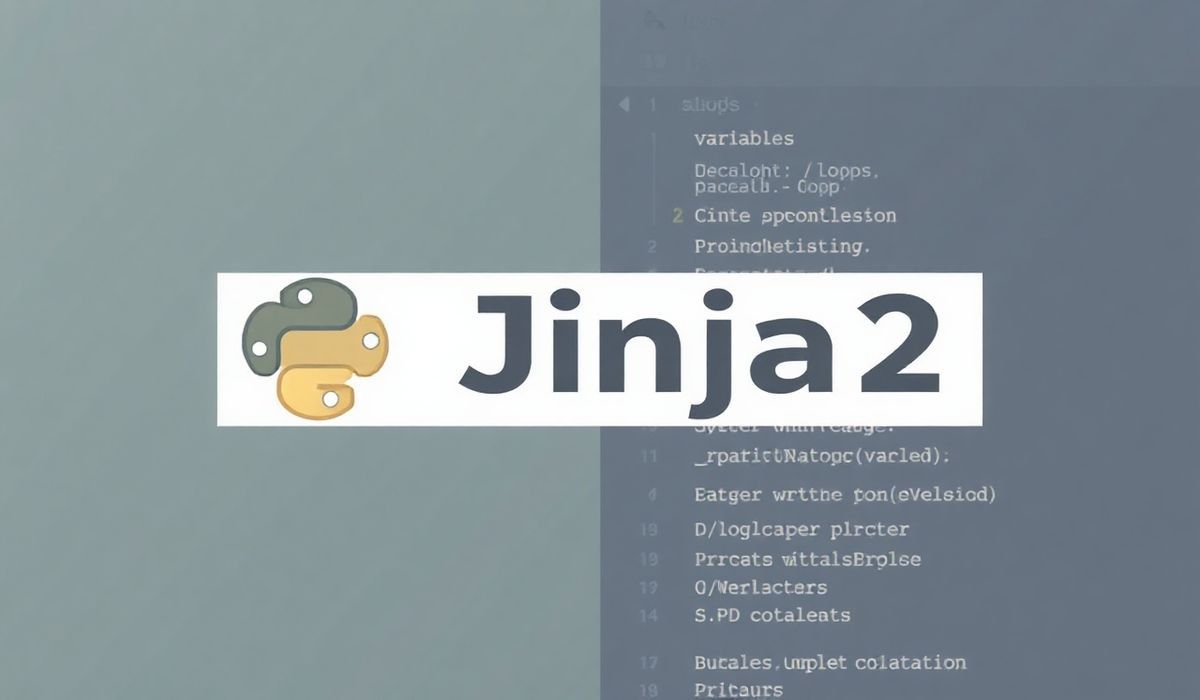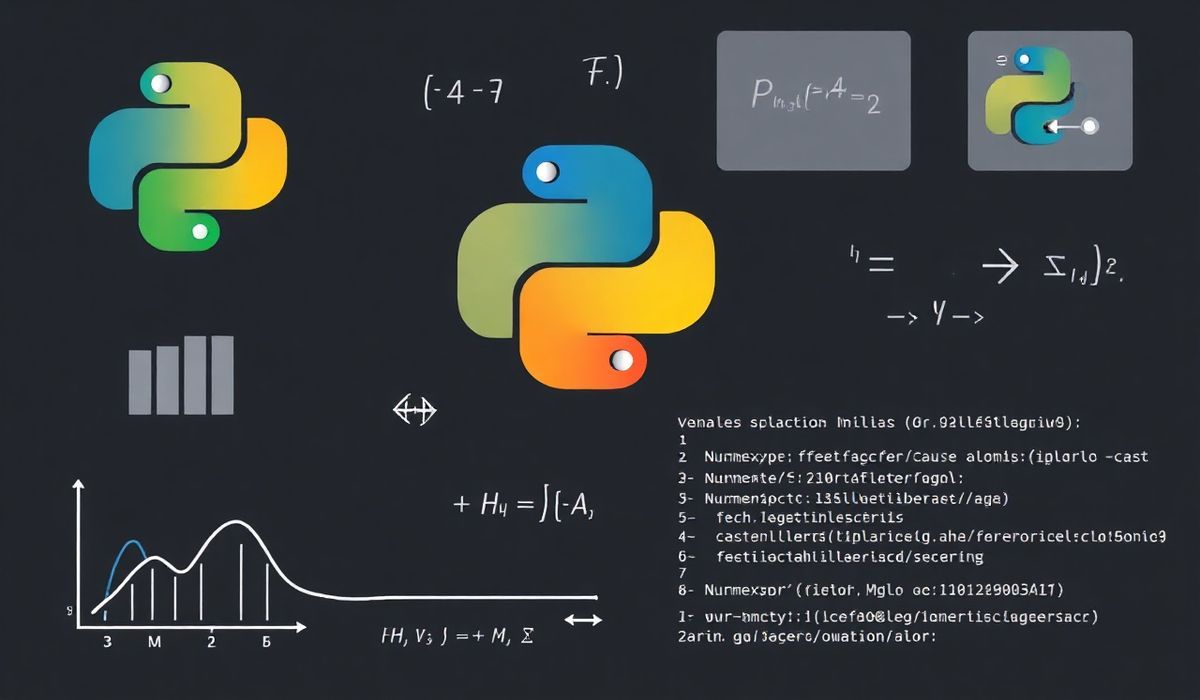Introduction to Jinja2
Jinja2 is a modern and designer-friendly templating engine for Python. It is widely used for rendering dynamic web pages and generating various types of text files, such as HTML, XML, or even plain text. It is fast, secure, and highly customizable, making it a go-to choice for web developers. In this blog post, we will cover some of the most useful APIs offered by Jinja2, complete with examples to help you get started. We’ll also demonstrate how to build a simple web app using Flask with Jinja2 templates.
Getting Started
To begin working with Jinja2, you first need to install it:
pip install Jinja2
Once installed, you can start creating templates and rendering them in your Python scripts.
Essential Jinja2 APIs and Snippets
1. Rendering a Template
The most basic use case of Jinja2 is rendering a template:
from jinja2 import Template
template = Template("Hello, {{ name }}!") rendered = template.render(name="World") print(rendered) # Output: Hello, World!
2. For Loop in Templates
You can use a for loop to iterate over lists or dicts in templates:
template = Template(""" -
{% for item in items %}
- {{ item }} {% endfor %}
3. If-Else Conditionals
Jinja2 supports conditional statements:
template = Template(""" {% if user.is_authenticated %}
Welcome {{ user.name }}!
{% else %}
Please log in.
{% endif %} """) rendered = template.render(user={"is_authenticated": True, "name": "Alice"}) print(rendered)
4. Macros
Macros are reusable bits of functionality you can define in your template:
template = Template(""" {% macro input_field(name, value='', type='text') %}
{% endmacro %}
{{ input_field('username', 'Alice') }} {{ input_field('password', type='password') }} """) rendered = template.render() print(rendered)
5. Filters
Filters transform data, such as making a string uppercase:
template = Template("{{ 'hello world' | upper }}") rendered = template.render() print(rendered) # Output: HELLO WORLD
6. Inheritance
Template inheritance helps keep your project DRY:
# base.html """
{% block title %}{% endblock %}
{% block content %}{% endblock %}
"""
# child_page.html """ {% extends "base.html" %} {% block title %}Child Page{% endblock %} {% block content %}
This is the child page's content.
{% endblock %} """
7. Environment
You can pre-define and reuse templates with Environment:
from jinja2 import Environment, FileSystemLoader
env = Environment(loader=FileSystemLoader('templates')) template = env.get_template('child_page.html') rendered = template.render() print(rendered)
8. Escaping
By default, Jinja2 escapes templates to prevent XSS attacks:
template = Template("{{ '' }}") rendered = template.render() print(rendered) # Output: <script>alert("bad")</script>
Building a Simple Web App with Jinja2 and Flask
Here is an example of a simple web app using Flask and Jinja2:
from flask import Flask, render_template
app = Flask(__name__)
@app.route('/') def index():
return render_template('index.html', name="World")
if __name__ == '__main__':
app.run(debug=True)
In the templates/index.html file:
Flask and Jinja2 Example
Hello, {{ name }}!
Conclusion
Jinja2 is not only powerful but also elegant, making it easier for Python developers to build dynamic and reusable templates. Whether you’re developing web applications or generating reports, Jinja2’s features and flexibility make it an indispensable tool.




